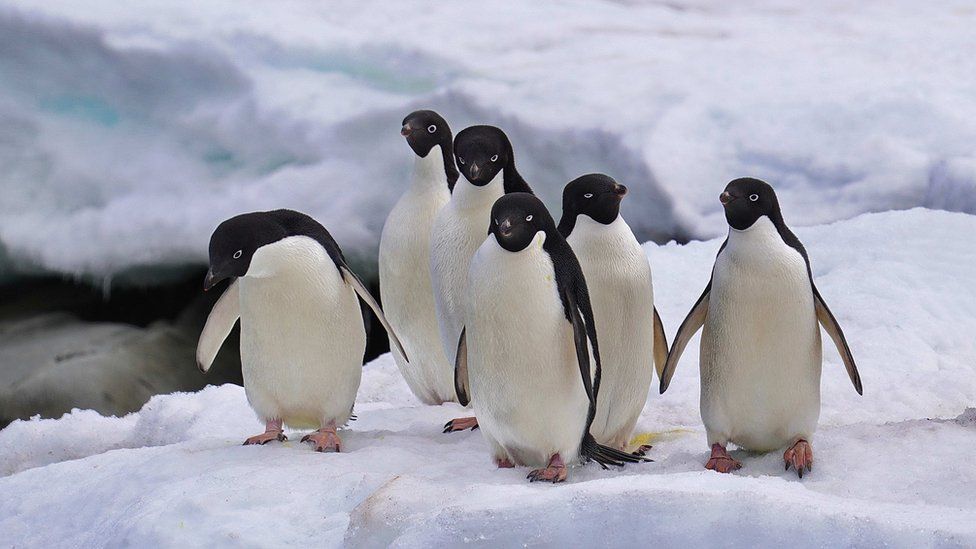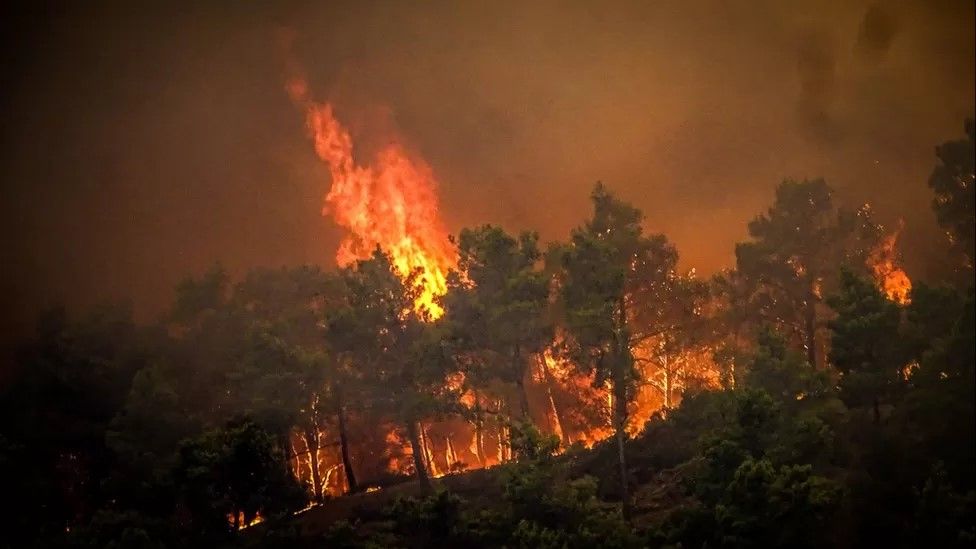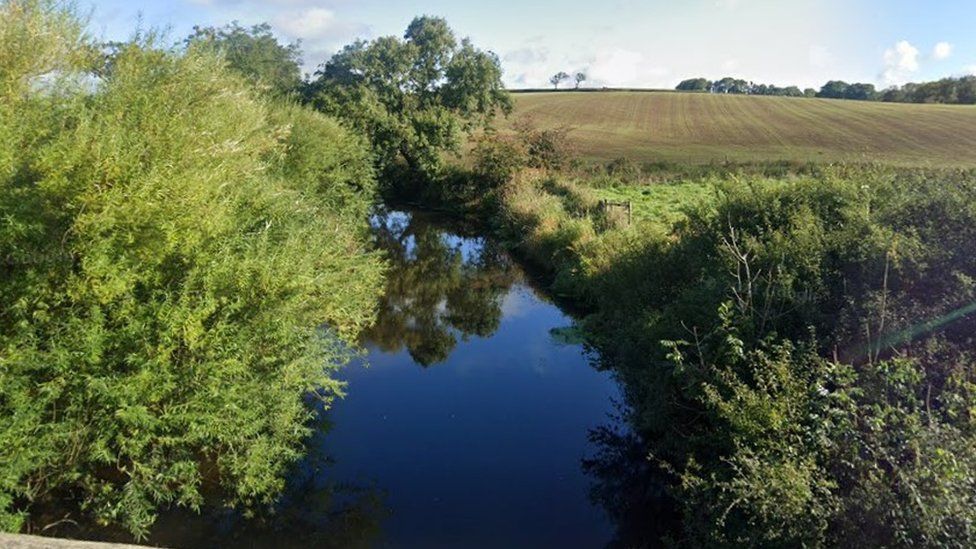Since we started measuring it with satellites in the late 1970s, there is now less sea ice surrounding the Antarctic continent than ever before.
According to the National Snow and Ice Data Center, despite the fact that it is summer in the southern hemisphere, when you would anticipate less sea ice, this year is exceptional.
Only 1.91 million square kilometers (737,000 square miles) were covered on February 13 due to winds, warmer air, and water.
Additionally, there is still some melting left to do this summer.
It took until 25 February of the previous year for the minimum to reach the previous record-breaking minimum of 1.92 million sq km (741,000 sq miles).
In the past seven years, there have been three years with record-low sea ice: 2017, 2022, and now 2023.
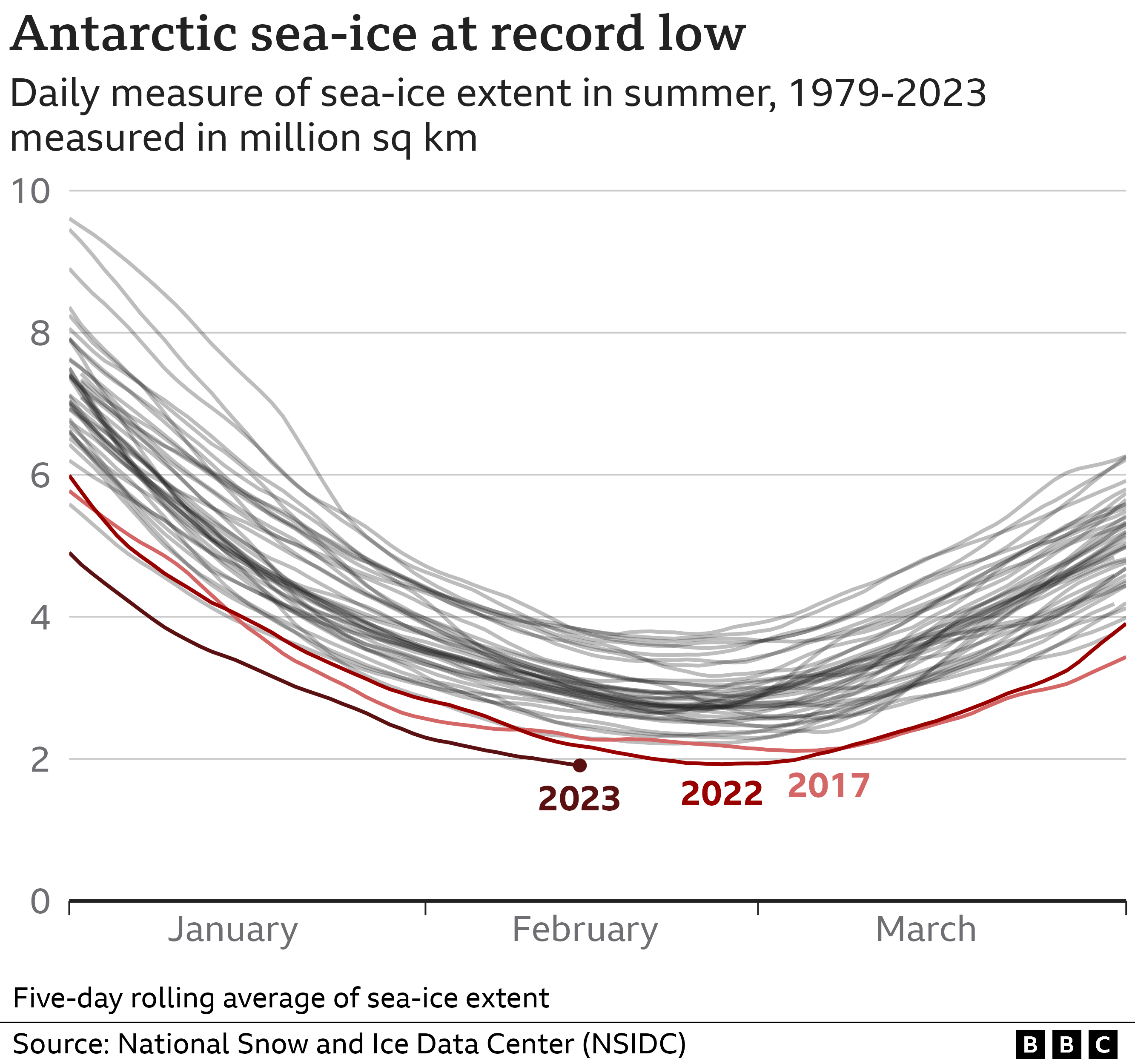
The majority of the continent's sectors are essentially ice-free, according to reports from research, cruise, and fishing vessels as they travel around it.
Only the Weddell Sea still has frozen floes as its dominant feature.
Scientists believe that the behavior of the Antarctic sea ice is a complex phenomenon that cannot just be attributed to climate change.
The extent of the sea ice exhibits significant variability when data from the last 40 or so years of satellite observations are considered. Only in the last few years has there been a downward trend toward decreasing amounts of summer ice.
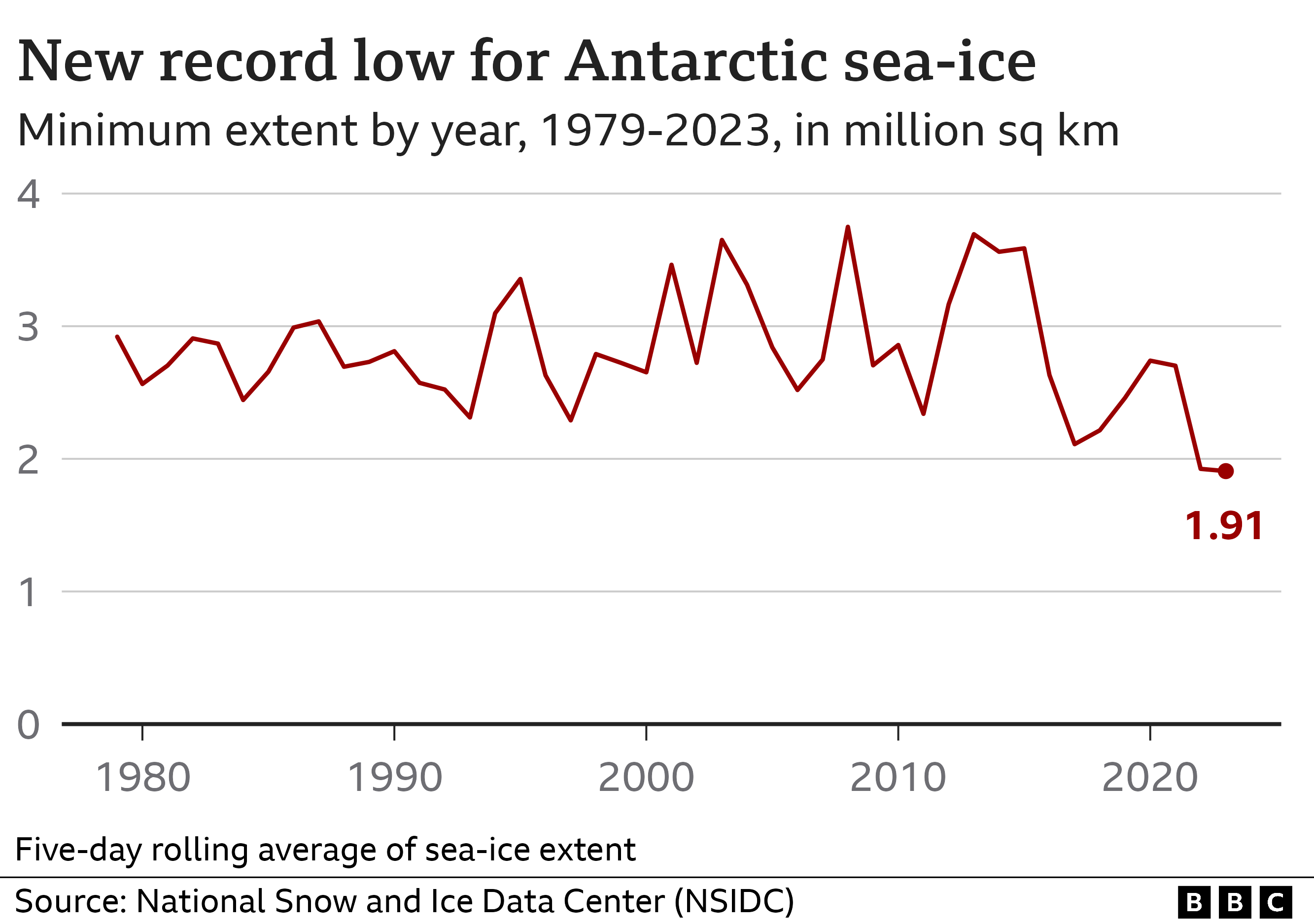
Computer simulations had suggested that it would experience a long-term decline, similar to what we have observed in the Arctic, where the extent of summer sea ice has been decreasing by 12–13% per decade as a result of global warming.
The Antarctic, however, has not acted in that way.
We can look at data from sources other than satellites that go back at least to 1900.
These suggest that early in the 20th century, Antarctic sea ice was in a state of decline, but that it later began to increase.
It has recently demonstrated significant variability, with both record satellite winter maximums and record satellite summer minimums.
Winter ice floes can extend over an area of up to 18 million square kilometers (6.9 million square miles).
When compared to the longer-term average, it's essentially what this year's summer ice pack lacks. This is sufficient to cover the British Isles.
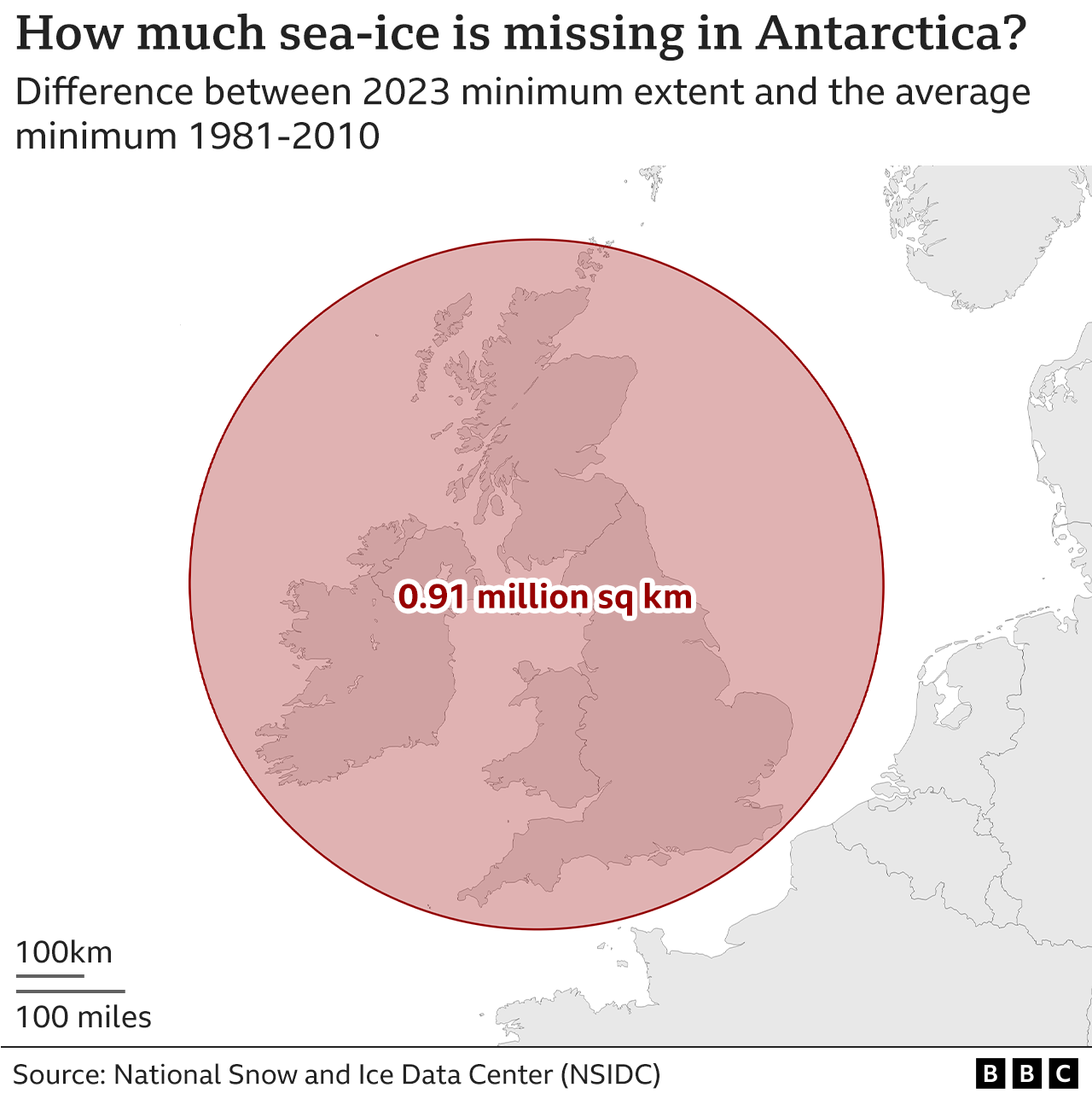
It will soon begin to grow once more, which is crucial for a variety of reasons.
Seawater at the ocean's surface that has frozen releases salt, which makes the water below denser and causes it to sink.
This is a component of the water mass movement that powers the great ocean conveyor and aids in regulating the climate system's energy balance.
Sea ice is also crucial for sustaining life at the poles.
The ice-clinging algae in the Antarctic provide food for the tiny crustaceans known as krill, which are a vital source of nutrition for whales, seals, penguins, and other birds.
Additionally, some species will haul out and rest on the sea ice.
Because of the unusually warm air temperatures to the west and east of the Antarctic Peninsula, this year's record sea-ice minimum is probably a result of those conditions.
These have been 1C over average over the long term.

Additionally, there is something known as the Southern Annular Mode (SAM), a significant player in the area.
It describes changes in atmospheric pressure around Antarctica, which have an impact on the renowned westerly winds that circle the continent.
According to reports, the mode is currently going through a very positive phase.
The prevailing westerlies are strengthened and forced poleward as a result.
Storminess that is more frequent aids in breaking up floes and pushing them north into warmer waters where they will melt out.
The presence of an ozone hole over Antarctica and the increase in greenhouse gases in the atmosphere, according to researchers, are likely factors in the longer-term more positive trends in the SAM.
Understanding the variations between the poles is crucial.
There are continents surrounding the Arctic Ocean. A continent called the Antarctic is encircled by water.
Because of the geographic differences, ice growth in the Antarctic during the winter is much less constrained. As far north as the environment permits, the floes can form.
This explains why the extents are so much greater than in the Arctic, where maximums are now infrequently greater than 15 million sq km (5 point 8 million sq miles).
But because of the geography, there are many places where summertime warmth can push sea ice all the way back to the Antarctic coast.
Additionally, because the Antarctic struggles to maintain ice over an extended period of time, its floes are thinner than those in the Arctic – typically just one metre or less, as opposed to 3–4m for long-lived ice in the polar north.
Becky Dale and Jana Tauschinski contributed more reporting.

